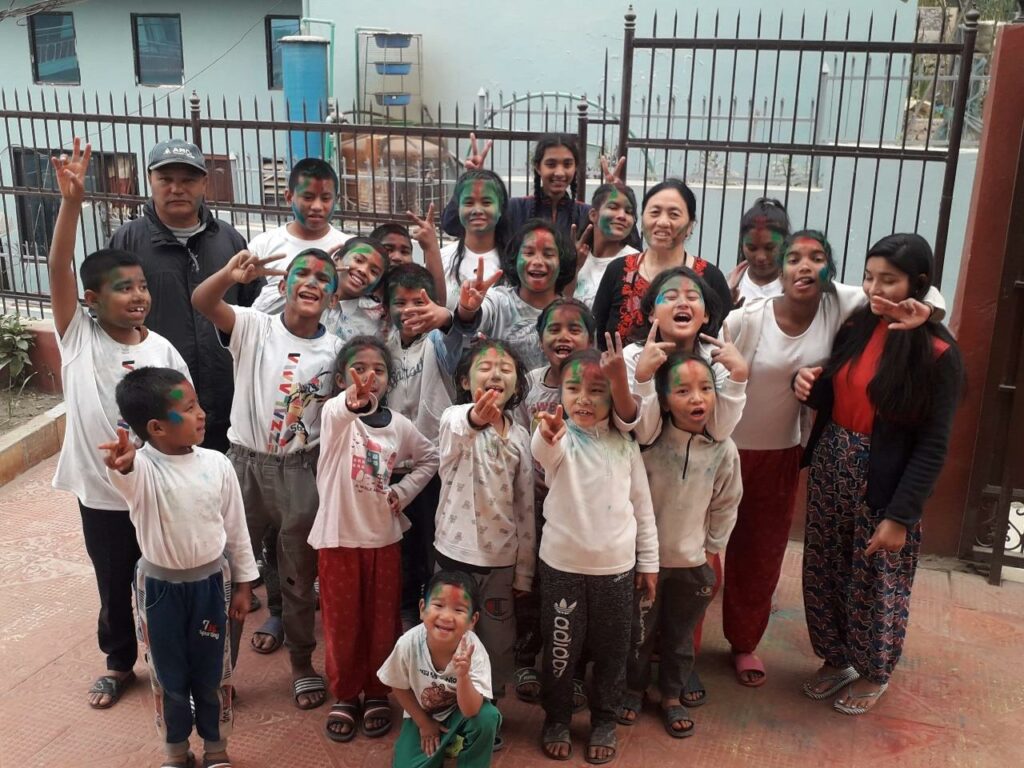Gender equality is clearly not prevalent in Nepali society and this inequality has been the root cause of other social, economic and gender inequalities. Inequality restricts the opportunity for people of all genders which hinders their rights to enjoy their rights and live life to their full potential.
Barriers to Equality
- Patriarchal beliefs and gender roles
- Legal inequalities
- Deep-rooted harmful traditional practices such as child marriage
- Lack of awareness amongst women and girls about rights, entitlement, and services
- Women participation in public life is less than men
- Heavier domestic works loads for women and girls than men and boys
- Family expectations restrict gender roles and behaviors
- Restricted mobility for women and girls
- Lower literacy skills for women than men
- Limited access to socioeconomic opportunities for vulnerable women and girls
- Limited protection and education provisions for vulnerable children
Working Areas and Interventions
GBV prevention and response
- Shelter home
- Psychosocial support
- Legal support
- Self-care for care giver
- Family counselling
Vulnerable women socioeconomic empowerment
- Skills for employment
- Micro-enterprise support
- Life skills and literacy
- Education sponsorship
Orphans and Vulnerable Children (OVC) protection and education
- OVC shelter home
- Sponsorship to OVC
- Children education and school supports
Women, men, girls’ and boys’ reproductive health rights
- Reproductive Health Rights
- Awareness about barriers to equality
Institutional partnership and collaboration
- Shelter home networks
- Girl’s rights network
Impact
Vulnerable women and orphans and vulnerable children (OVC) can overcome the constraining barriers in their life, including gender-based violence, restricted access to and control over resources, low literacy, and other social, economic, and legal challenges.
Super impact
Gender equality is achieved: Gender disparities and all inequalities are reduced so that people of all genders can pursue any opportunities they choose and are not restrained by gender-related barriers to rights, resources, and services.

